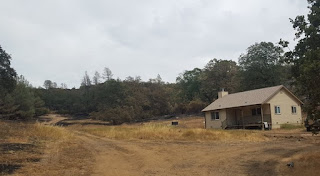(I just received this from our California Energy Analyst)
I just wanted to share a current issue with you
concerning a PMHI project.
I am trying to help an owner-builder that didn't hire a
HERS Rater until the Building Department reminded him they wouldn't issue the
occupancy permit without the required Installation Certificates and HERS
Verification Certificates. The problem
is the project is complete and owner only had a couple of weeks to get all the
forms completed or pay a $4,000 penalty.
It's going to be impossible to get the Installation
Certificates and HERS Verification Certificates for Quality Installation of the
Insulation at this stage of the project.
This credit requires the HERS Rater be present during the framing installation and again during
installation of the insulation. The
house is completely finished and ready to occupy so there is no way to document
compliance on the insulation installation.
This credit is worth 10-15% of the total energy compliance credit on
most projects. This oops could easily
cost the owner thousands of dollars in additional fees, construction
modifications to the completed house and weeks or months of delay to occupy the
house.
The project also took credit for a high EER air
conditioner, but the mechanical contractor installed a system that has not been
certified by AHRI (Air Conditioning Heating & Refrigerant Institute) so it
will require the mechanical contractor to order a special AHRI
certificate. Based on the equipment
installed I think they will easily comply, but it just more cost and more
delay.
Luckily I could shift projects today and get the owner
most of the paperwork they need with the help of their HERS Rater. With any luck the building department will
not penalize the owner and require upgrades, but this could have all been
avoided.
Please remind your clients to hire the HERS Rater early
and keep them involved throughout construction to avoid these type of painful
and expensive mistakes.





























